Maharam explores Alexander Girard’s creative legacy
Maharam celebrates the world of Alexander Girard through new collections of graphic upholstery fabrics, rugs and wallpapers designed between the 1950s and 1970s, and a short film exploring the American designer's relationship with New Mexico

The iconic American designer and architect Alexander Girard stands at the heart of a new capsule collection of reissued fabrics from the equally venerable textile house, Maharam. Released as part of its ‘Textiles of the 20th Century’ collection, the six reintroduced designs have been drawn from Girard’s tenure as founding design director of Herman Miller’s textile division, from the years 1952 to 1973, during which he created over 300 designs. Maharam’s eye-catching offering brings together some of the most enduring designs during that period, and will be available in two upholsteries, three wall coverings and one hand-woven rug.
Alexander Girard and Maharam’s ‘Textiles of the 20th Century’ collection
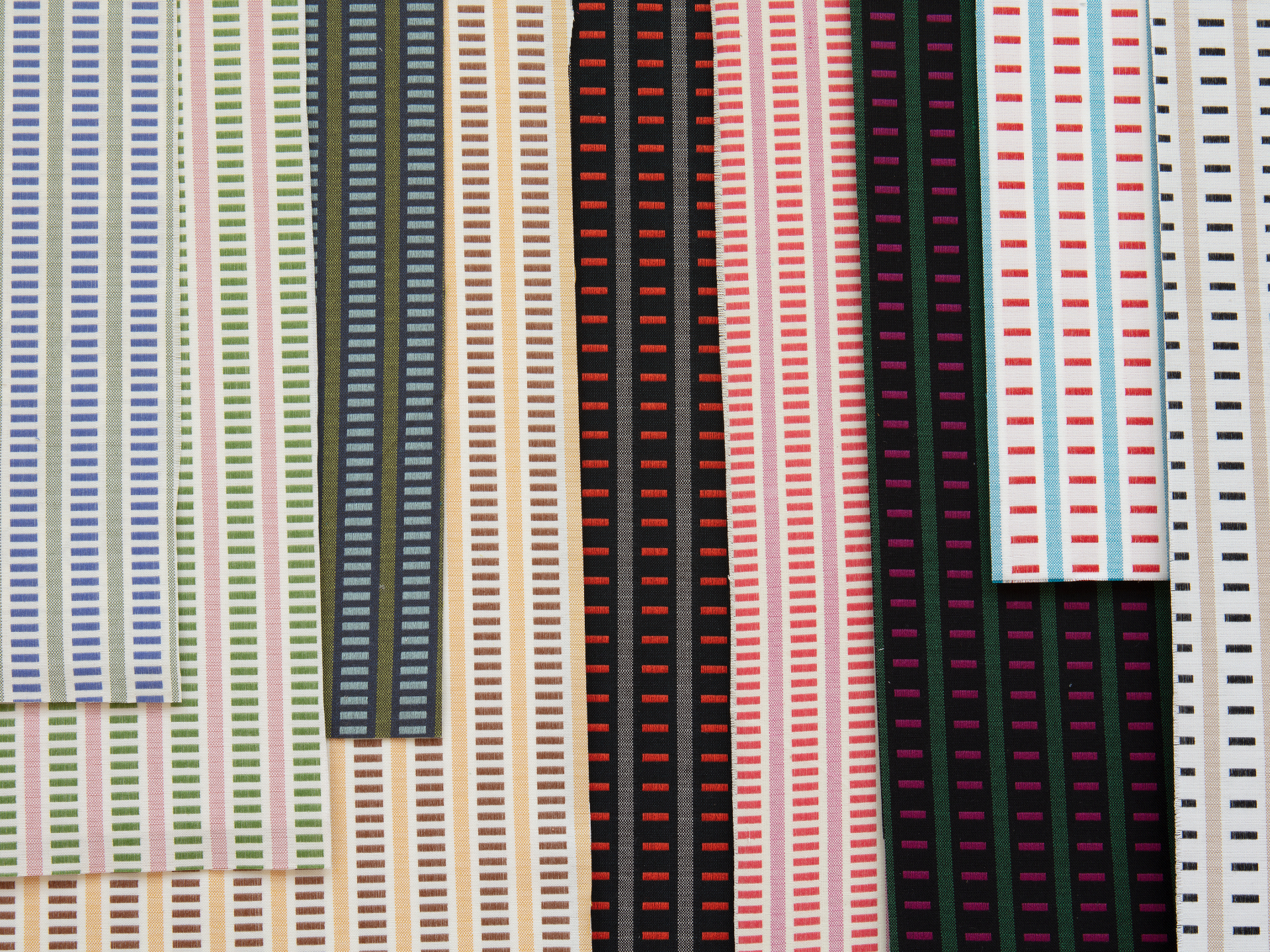
‘Mexidot’ collection
Girard’s inspiring ability to hone in on graphic patterns and create unusual combinations is put fully on display in Maharam’s new selection. No stranger to highlighting Girard’s brilliance – the ‘Textiles of the 20th Century’ collection already includes 30 Girard patterns to date – Maharam’s commitment to loyally reproducing these historic designs is matched by an underlying innovative spirit that keeps the design in step with current times. The company has even commissioned a short film for this occasion, highlighting the impact of Santa Fe and the surrounding New Mexico landscape on Girard’s life and work.
Specifically in the reproduction of ‘Mexidot’ (1963), an upholstery pattern that was originally released as part of a series of handwoven stripes called ‘Mexicotton’, Girard Studio (the entity run by the Girard family to promote and preserve Girard’s legacy) requested that the updated version be produced with reduced environmental impact and accessibility in mind. Maharam Design Studio has used recycled spun yarns to emulate the original look of natural cotton, while ensuring the textile still stands up to contemporary needs for high traffic seating.

Original sample books containing Herman Miller wallpaper and upholstery designed by Alexander Girard
Helmed by co-creative directors Alexander Kori Girard and Aleishall Girard Maxon, the designer’s grandchildren, Girard Studio states, ‘Sustainability and material quality have always been important considerations in the work we do with Maharam, but now more than ever we are striving to create products that enhance the built world around us while making minimal impact on the earth. This new collection is especially exciting in its use of postconsumer recycled and renewable materials.’ The three wallpaper designs: ‘Alphabet’ (1952), ‘Roman Stripe’ (1952), and ‘Broken Stripe’ (1952), have been digitally printed on non-PVC substrate, while retaining the warmth, tactility and vibrancy of the originals.
The collection is a testament to the timelessness of Girard’s aesthetic. ‘Pepitas’ (1952), an upholstery design featuring a pointed ellipsis formed by two intersecting discs of the same radius, which overlap so that the centre of one shape lies on the perimeter of the other, is an example of the staple designs that could be used in multiple applications, from drapery to wallpaper. Even the ‘Millerstripe’ rug, which is based on an upholstery textile designed in 1972 (and reissued by Maharam in 2002), celebrates the power of the universal stripe and is made from a wool twill that depicts the design’s original polychromatic layout at double its original scale.
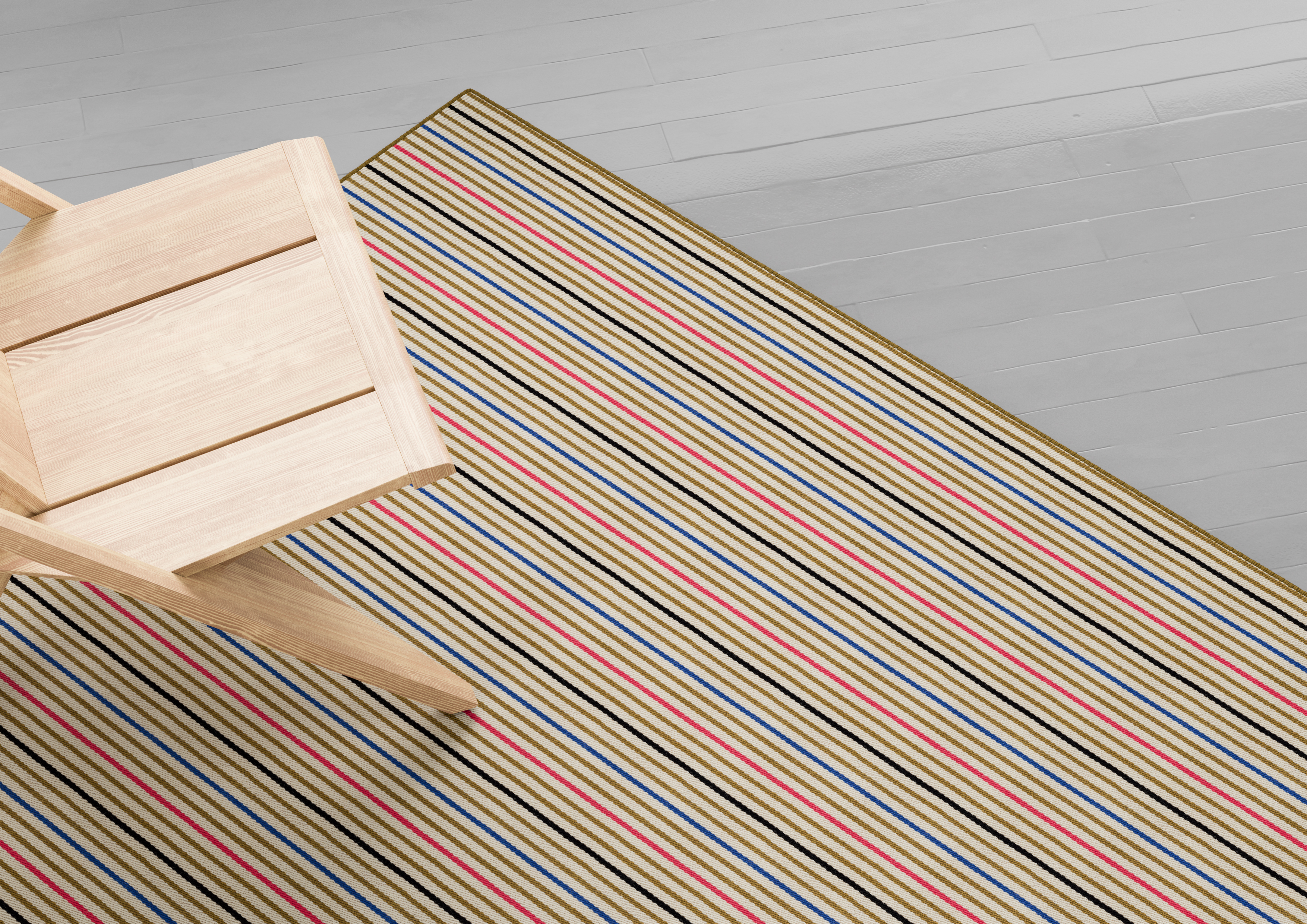

Top, ‘Millerstripe’ rug. Above, ‘Pepitas’ upholstery fabric
‘The great thing about Girard’s designs is that with it all being from one hand, much of it works well together. I like that these designs reflect Girard’s belief that textiles are a fundamental building material for any space,’ says Maharam’s vice-president of design, Mary Murphy.
A Girard Studio statement concludes: ‘From an aesthetic perspective, we are thrilled to continue building awareness about the diversity in Girard’s vast stable of designs. Classic but unexpected at the same time, these upholsteries, wallcoverings, and rugs offer an understated but still distinctly Girard flavour.’
Receive our daily digest of inspiration, escapism and design stories from around the world direct to your inbox.
Watch: Alexander Girard and New Mexico
Filmography: Alejandro Durán / Luma Projects
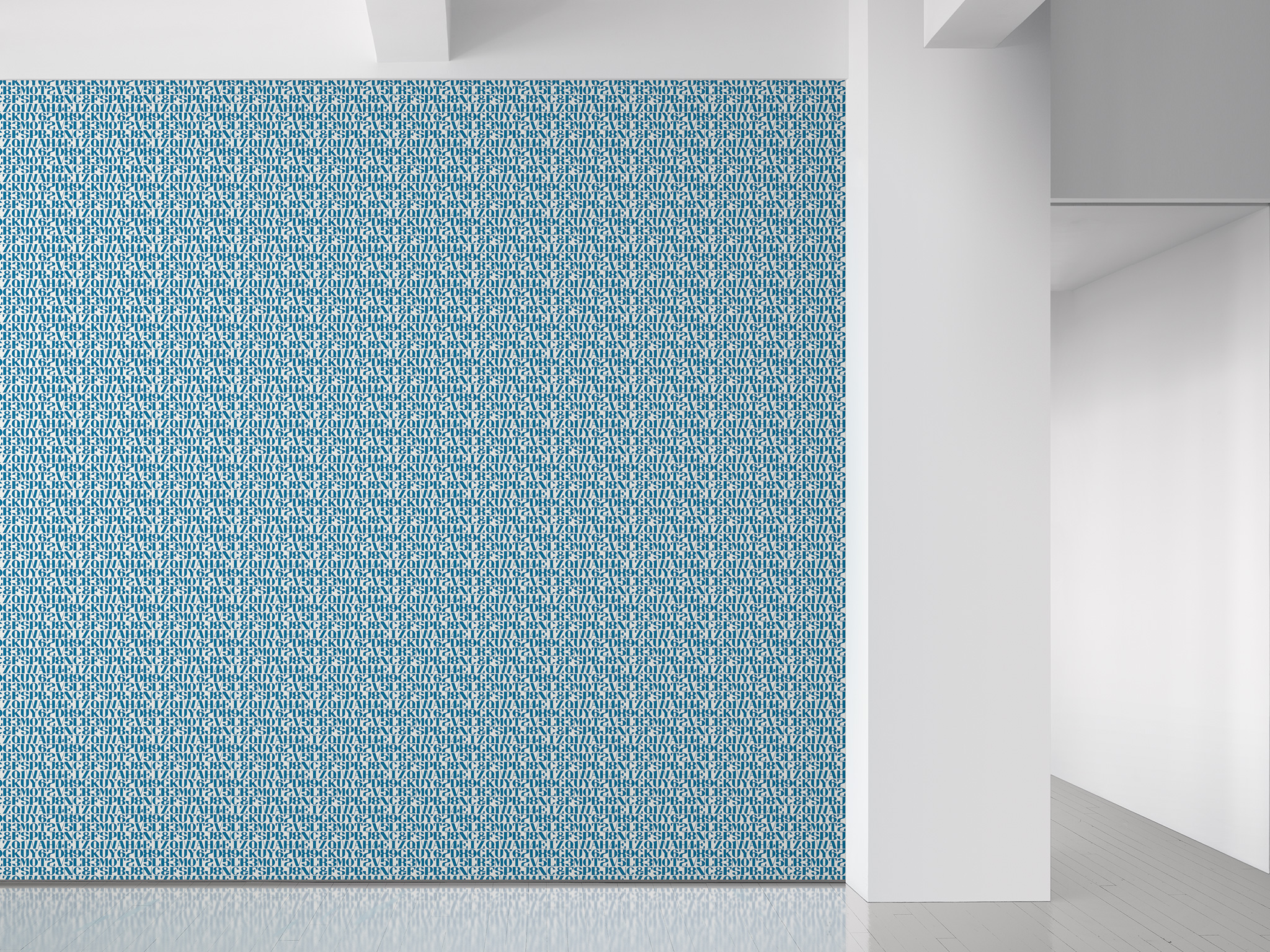
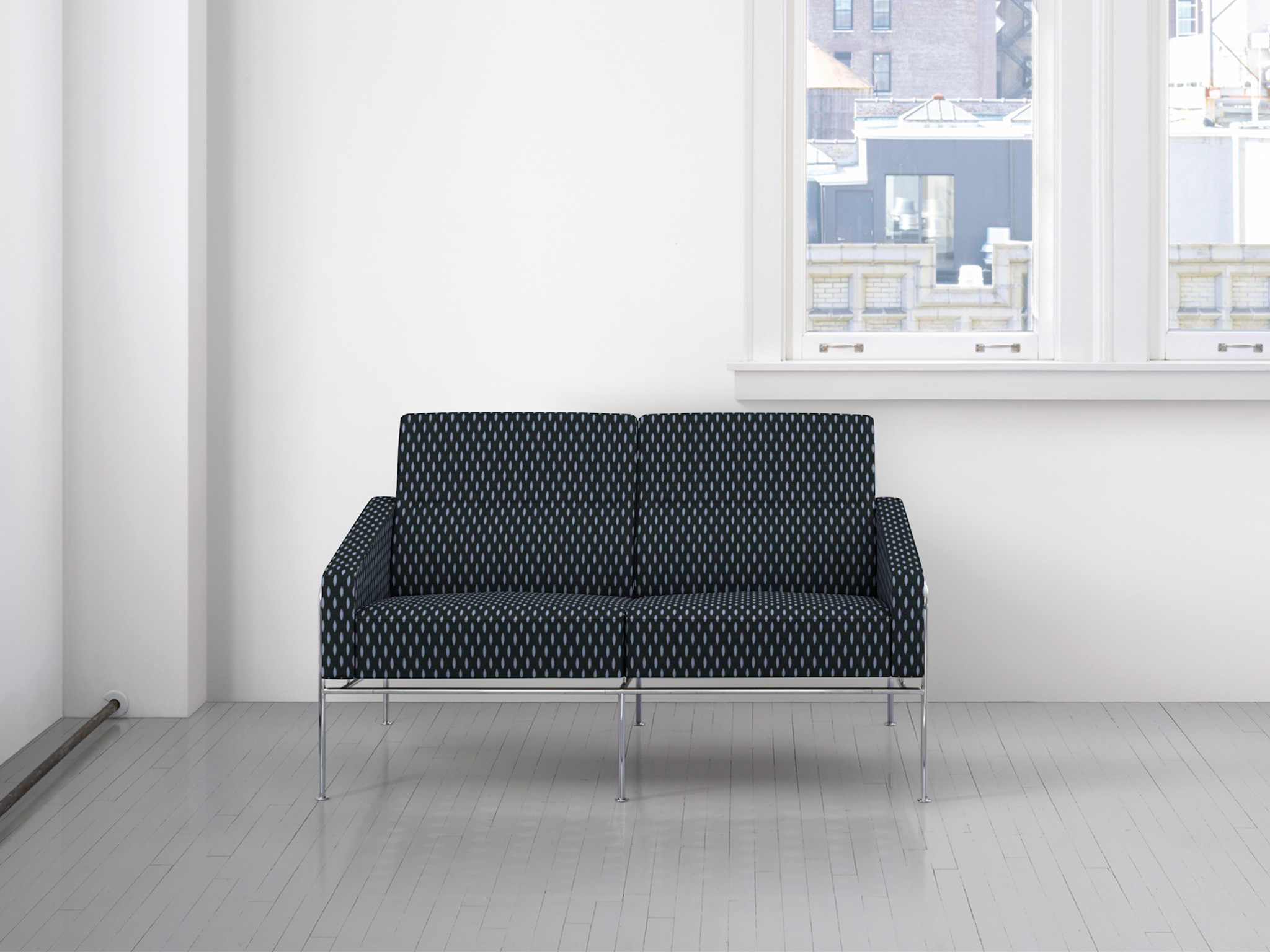
Top, ‘Alphabet’ wallpaper. Above, ‘Pepitas’ upholstery fabric
INFORMATION
Pei-Ru Keh is a former US Editor at Wallpaper*. Born and raised in Singapore, she has been a New Yorker since 2013. Pei-Ru held various titles at Wallpaper* between 2007 and 2023. She reports on design, tech, art, architecture, fashion, beauty and lifestyle happenings in the United States, both in print and digitally. Pei-Ru took a key role in championing diversity and representation within Wallpaper's content pillars, actively seeking out stories that reflect a wide range of perspectives. She lives in Brooklyn with her husband and two children, and is currently learning how to drive.
-
 Fulham FC’s new Riverside Stand by Populous reshapes the match-day experience and beyond
Fulham FC’s new Riverside Stand by Populous reshapes the match-day experience and beyondPopulous has transformed Fulham FC’s image with a glamorous new stand, part of its mission to create the next generation of entertainment architecture, from London to Rome and Riyadh
-
 A contemporary Mexican hotel emerges from a 16th-century ruin in Mérida
A contemporary Mexican hotel emerges from a 16th-century ruin in MéridaA renovation project by Zeller & Moye, Mérida’s new Hotel Sevilla wears its architectural interventions lightly, mixing new brutalist elements into listed interiors and a palm-filled courtyard
-
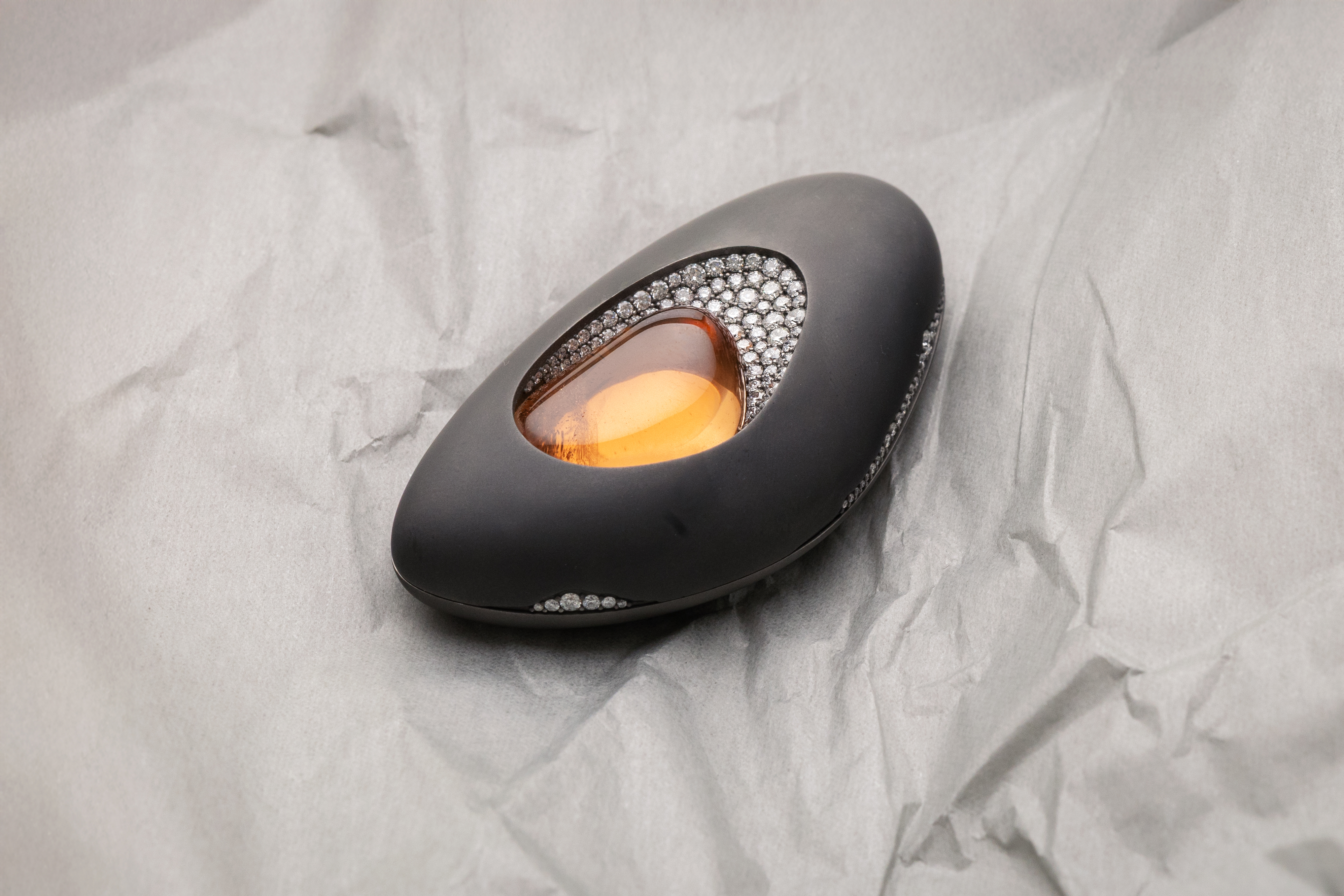 Discover the cool and offbeat designs of jeweller Inesa Kovalova
Discover the cool and offbeat designs of jeweller Inesa KovalovaInesa Kovalova's jewellery celebrates a mix of mediums and materials
-
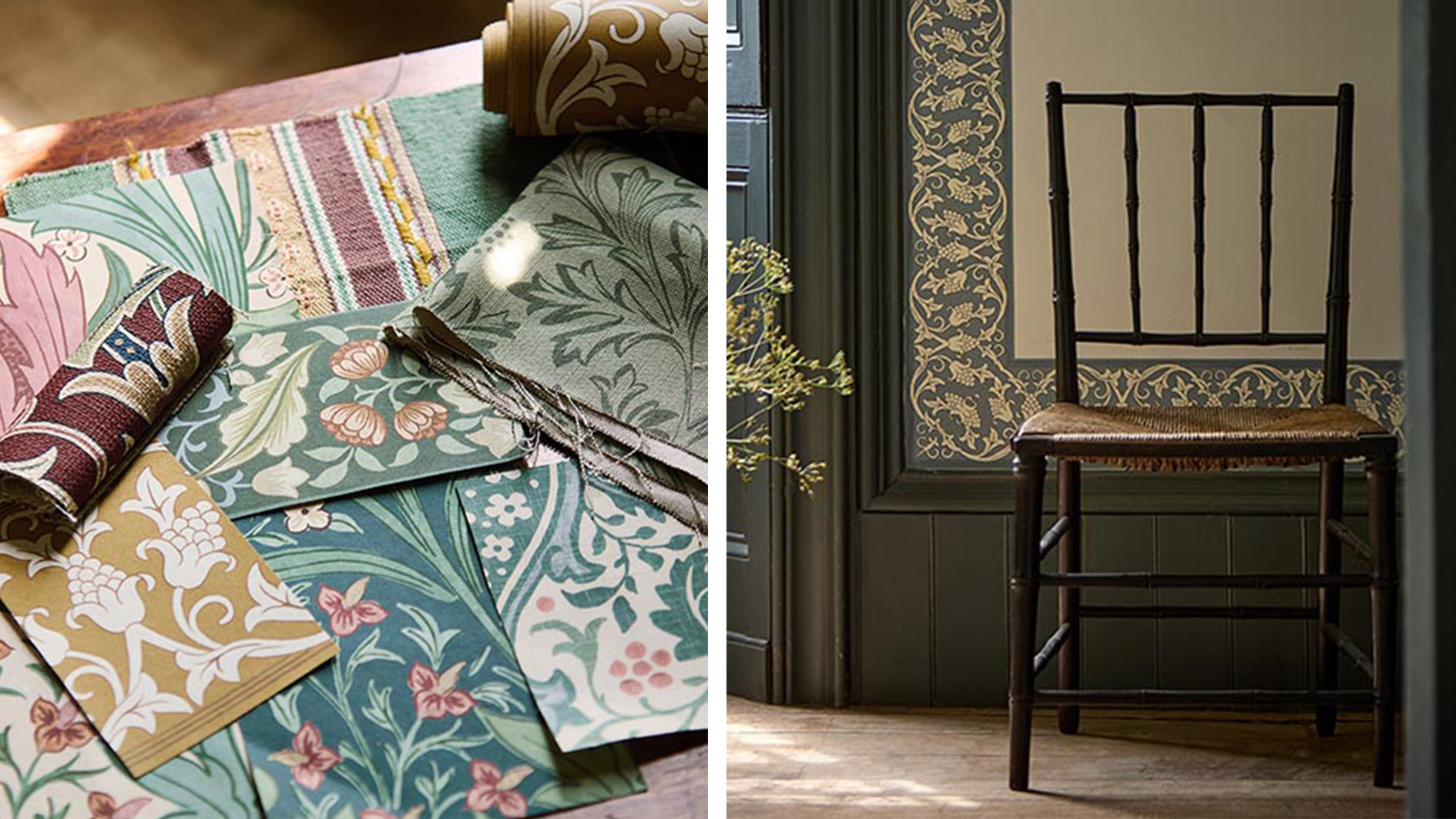 Lost William Morris designs are being revived and completed for a new collection
Lost William Morris designs are being revived and completed for a new collectionWhen The Huntington in California discovered incomplete William Morris designs in its archive, the museum partnered with Morris & Co. to bring the them to life in 'The Unfinished Works'
-
 Patricia Urquiola’s immersive Kvadrat textile forest is inspired by the Nordic landscape
Patricia Urquiola’s immersive Kvadrat textile forest is inspired by the Nordic landscapeDuring Chart 2025, Patricia Urquiola and Danish designers Tableau team up to present a textile installation showcasing Kvadrat’s nature-inspired new collection
-
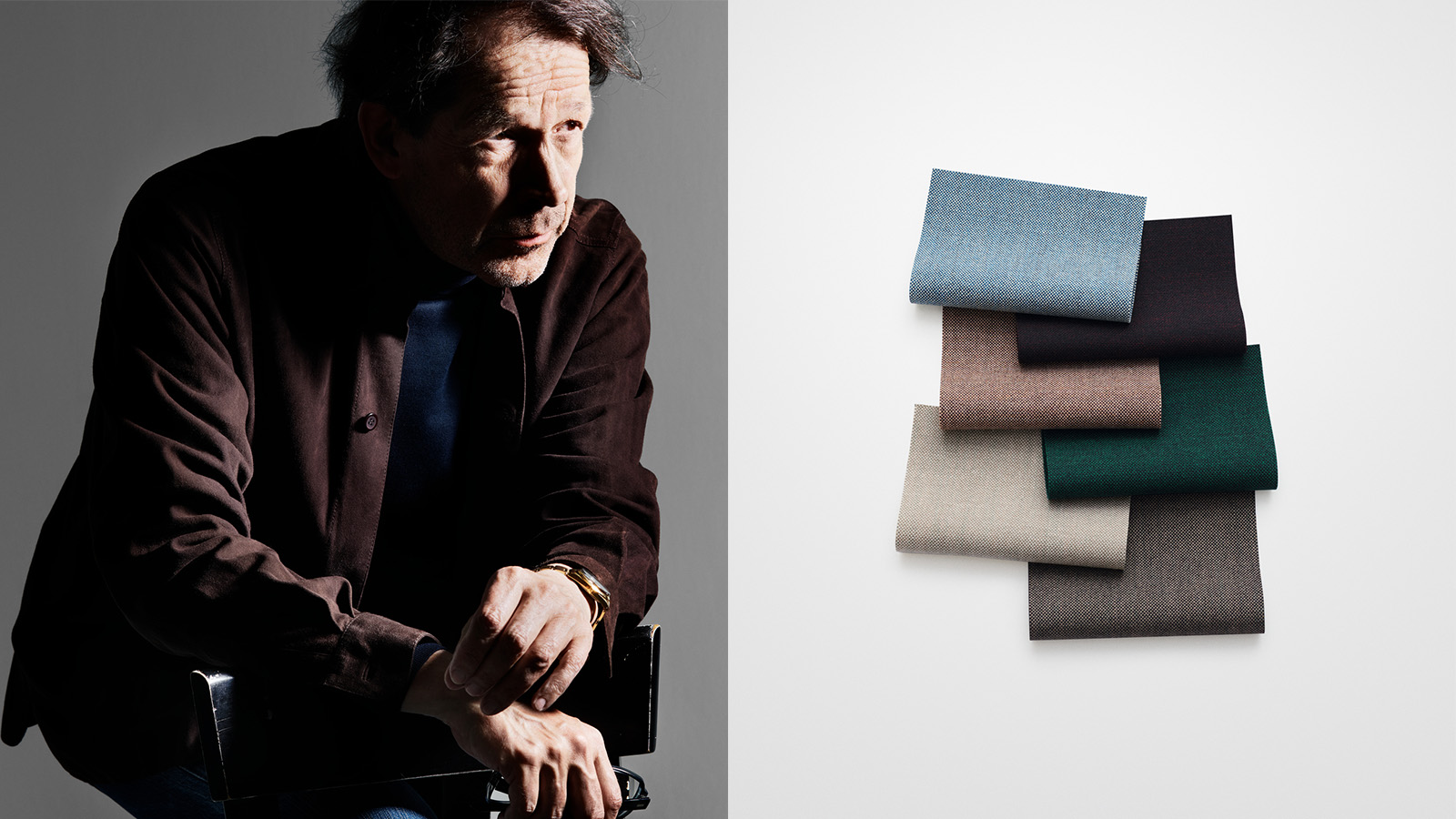 Kvadrat’s new ‘holy grail’ product by Peter Saville is inspired by spray-painted sheep
Kvadrat’s new ‘holy grail’ product by Peter Saville is inspired by spray-painted sheepThe new ‘Technicolour’ textile range celebrates Britain's craftsmanship, colourful sheep, and drizzly weather – and its designer would love it on a sofa
-
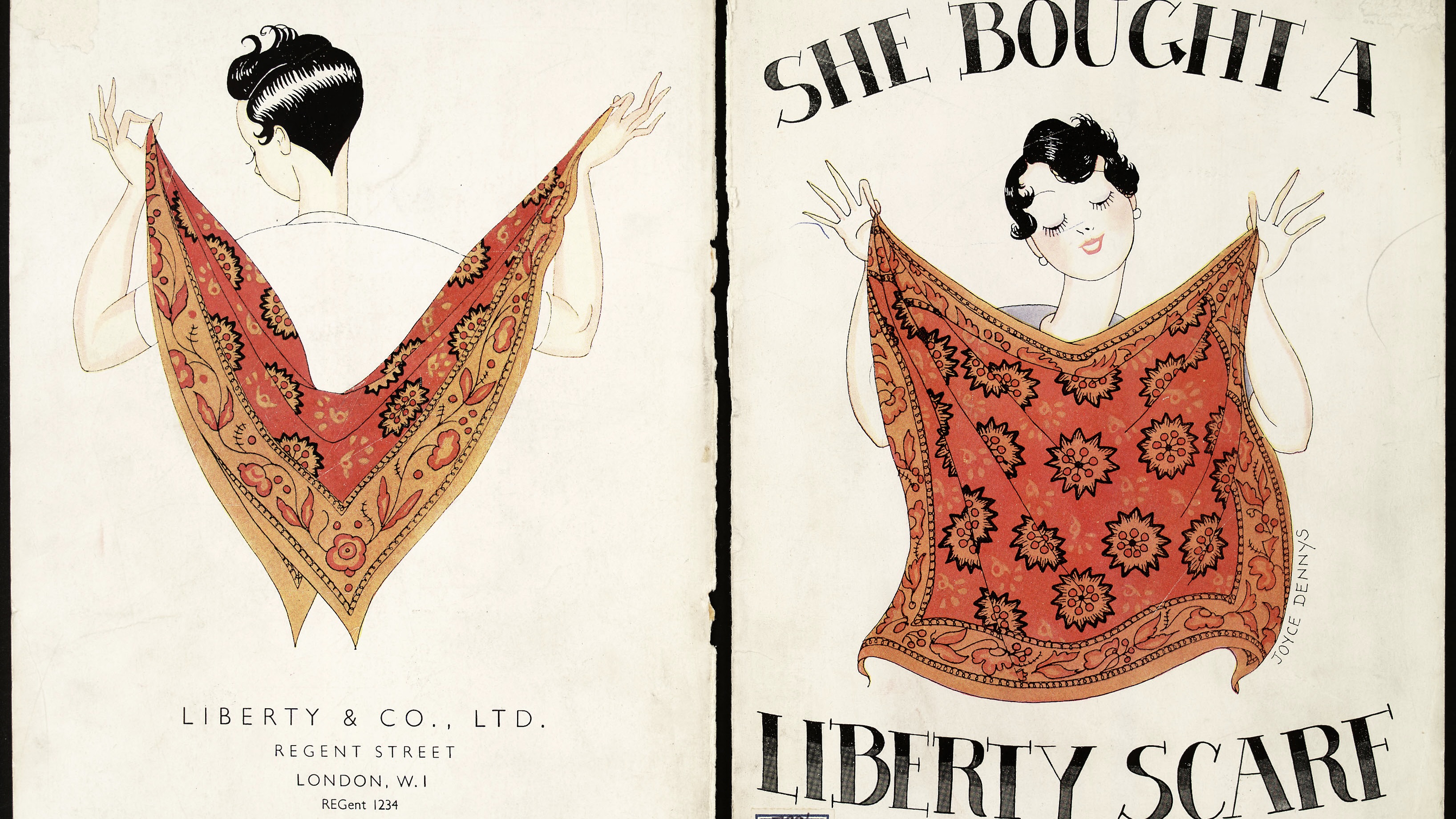 Liberty at 150: a history of the brand in 10 objects
Liberty at 150: a history of the brand in 10 objectsLiberty is marking its 150th anniversary; to celebrate, we remember products and prints that helped make the department store the cultural touchpoint it is today
-
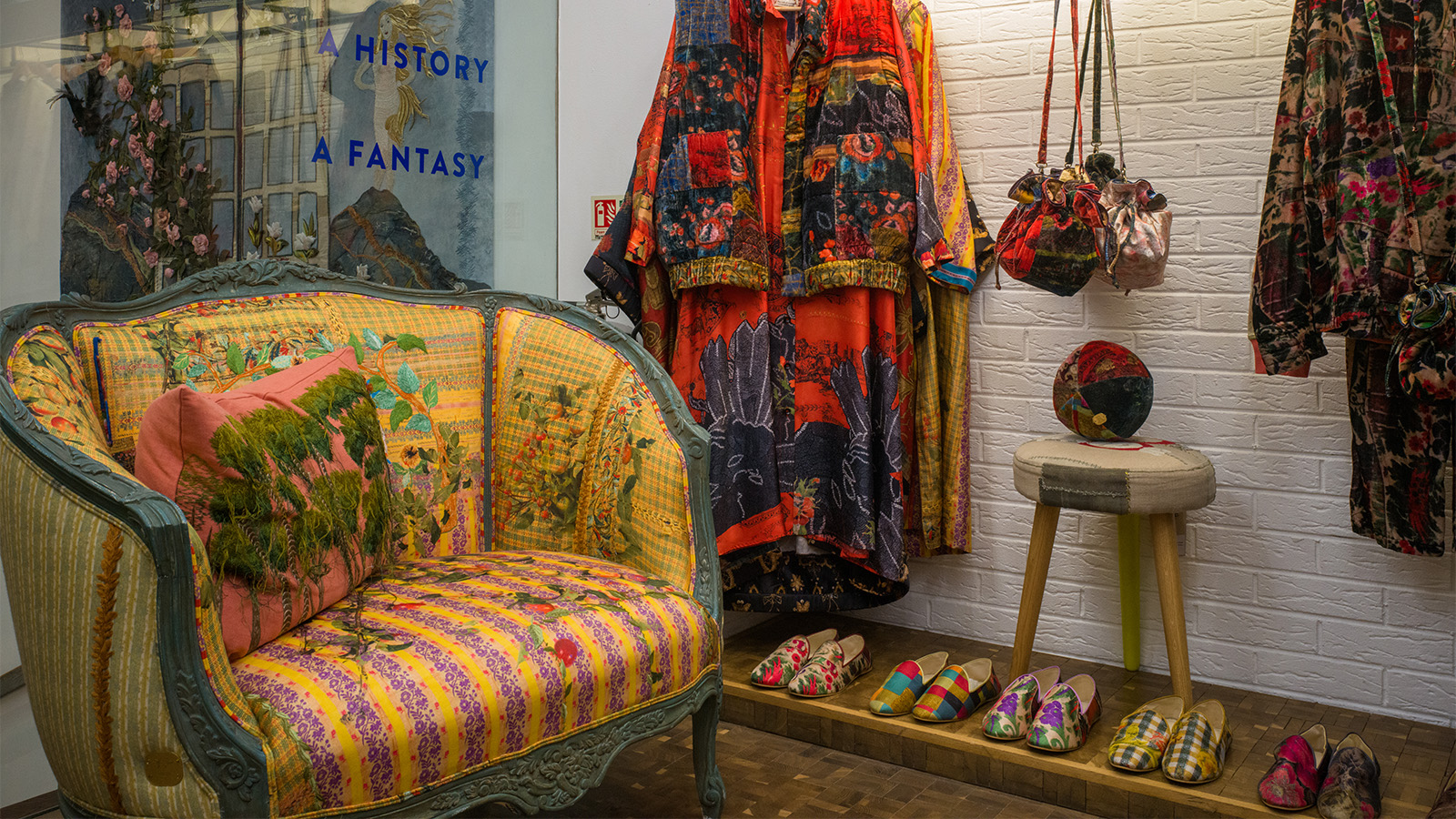 This Beirut design collective threads untold stories into upholstered antique furniture
This Beirut design collective threads untold stories into upholstered antique furnitureBeirut-based Bokja opens a Notting Hill pop-up that's a temple to textiles, from upholstered furniture to embroidered cushions crafted by artisans (until 25 March 2025)
-
 15 highlights from Heimtextil: spot the textile trends for 2025
15 highlights from Heimtextil: spot the textile trends for 2025We were at textile trade fair Heimtextil 2025 in Frankfurt last week – here are the trendsetters and names to know among innovative launches, from health-boosting lava fabric to sheets made of milk
-
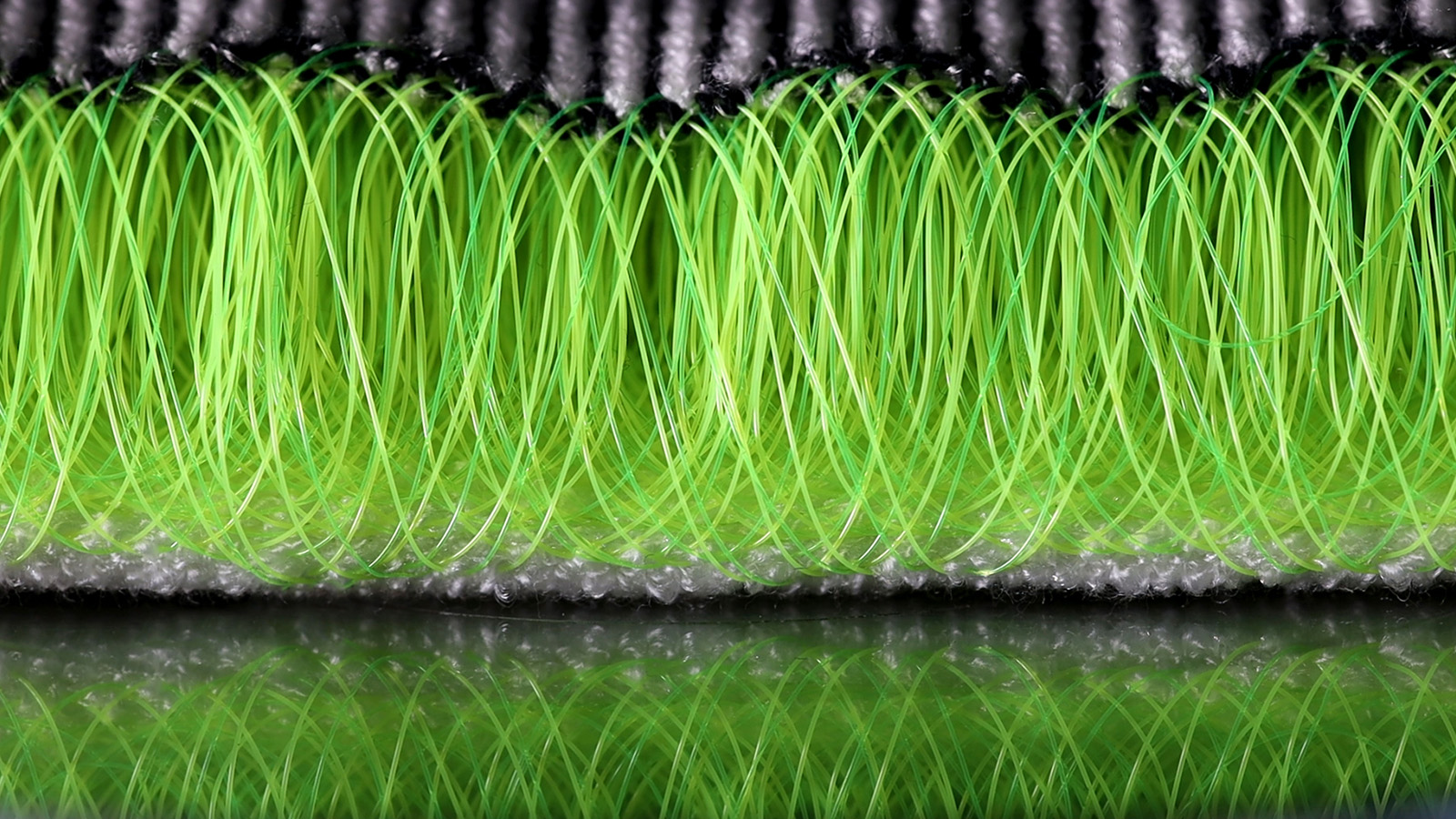 Is Emeco's 'No Foam KNIT' a sustainable answer to synthetic upholstery textiles?
Is Emeco's 'No Foam KNIT' a sustainable answer to synthetic upholstery textiles?'Make more with less' is Emeco's guiding light. Now, the US furniture maker's new mono-material textile, the 'No Foam KNIT', may offer a sustainable solution to upholstery materials
-
 Hella Jongerius’ ‘Angry Animals’ take a humorous and poignant bite out of the climate crisis
Hella Jongerius’ ‘Angry Animals’ take a humorous and poignant bite out of the climate crisisAt Salon 94 Design in New York, Hella Jongerius presents animal ceramics, ‘Bead Tables’ and experimental ‘Textile Studies’ – three series that challenge traditional ideas about function, craft, and narrative